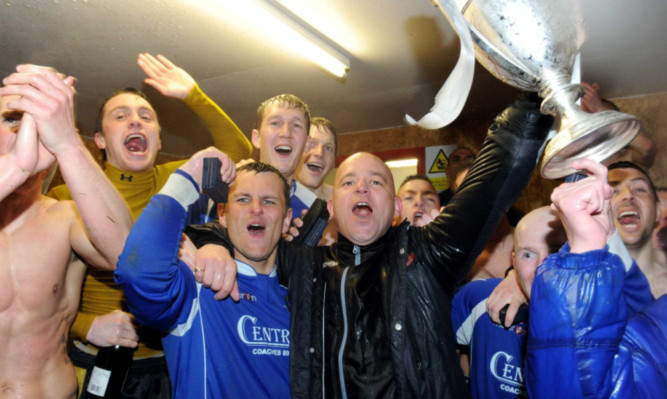
The introduction of a pyramid system within Scottish football came as a major surprise to me.
I spent a lot of time discussing the pros and cons of such a move in my role as chairman of the Scottish Football Pyramid Committee.
It was practically impossible to come up with a proposal that would work for all the teams involved.
It’s around three years since I left my role as Chief Executive of the SFA, and therefore the same amount of time since I ceased to be part of that particular Committee.
But I don’t believe the problems we encountered then have disappeared.
Certainly, there has been no clarification as to how it will all work since the changes were confirmed during the week.
So it will be extremely interesting to find out exactly how the new plans are going to evolve as there were just so many problems during my involvement.
First and foremost, the most obvious problem is how the regionalising element will ever work.
What happens if the team relegated from the Scottish Professional Football League is a club that is based within the Highland League catchment area, but the team which wins promotion is from the Lowland League?
Do you then have one League with an extra club and another League with one less? What happens if that is the case for two or three years in succession? That obviously creates a problem. A large majority of the Scottish Football League clubs were in favour of what would have been the Scottish equivalent of England’s Conference League, where they at least knew exactly what division they would be playing in were they to be relegated.
Another question yet to be answered is where the funding is going to come from for the formation of the Lowland League? Will the SFA be subsidising it? When I worked there, that wasn’t an option. So where will the money come from?
Another question. What teams will actually apply to join the new League?
And is it fair to decide what clubs deserve to be allowed to join the new League simply on application rather than how they have performed on the park?
I’m not so sure the Junior teams will want to leave their current set-ups. I think it might make more sense for them, financially anyway, to remain where they are as a lot of their revenue is based on derby matches with local rivals.
Remember, all new clubs would have to be licensed if they were joining the SPFL. That might present some with a problem.
It will be interesting to see how it will all work once all the information is available.

Enjoy the convenience of having The Sunday Post delivered as a digital ePaper straight to your smartphone, tablet or computer.
Subscribe for only £5.49 a month and enjoy all the benefits of the printed paper as a digital replica.
Subscribe